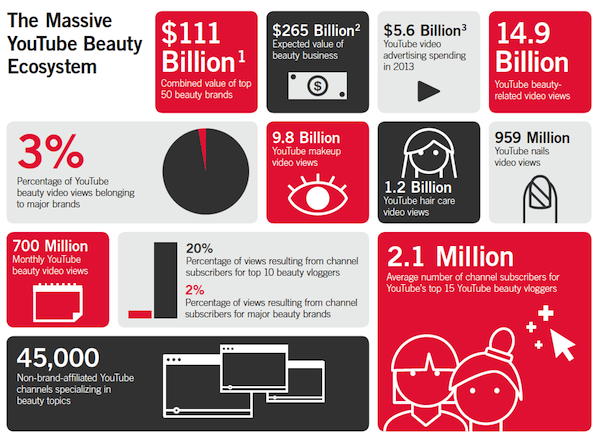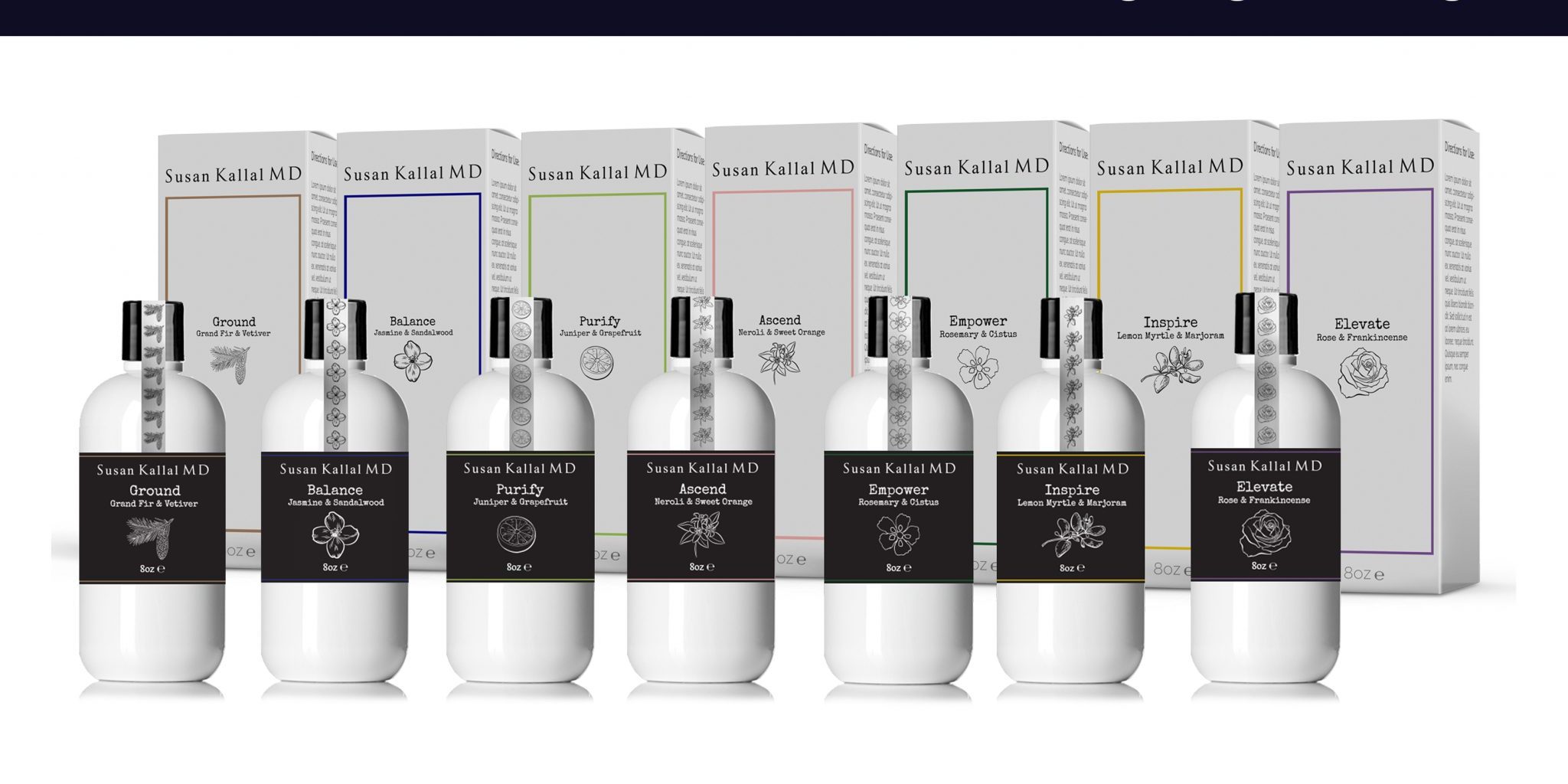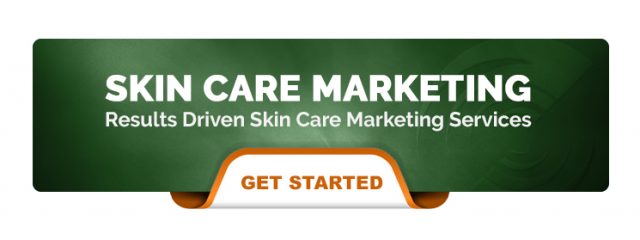The skin care market has allured many entrepreneurs and investors over the last several years. It is a highly lucrative market but also highly competitive. Learn how to market skin care products successfully here in this article. Several marketing tactics are covered here and the reasons to deploy them. Marketing skin care products is a comprehensive approach.
Sales of skin care products grew by over 12% in the US. The total value of the global beauty market is estimated to be around $300 billion. Consumer behavior has contributed much to this industry growth rate. Consumers consistently have insisted on better quality products, new innovation, and results. Skin care consumers are highly educated and informed.
 There is a difference in how to market skin care products as a new brand vs. an existing more established beauty brand. An existing brand can leverage relationships already in place, advertising budgets, and existing customer base. A new skin care brand must work in the beginning very diligently without sales.
There is a difference in how to market skin care products as a new brand vs. an existing more established beauty brand. An existing brand can leverage relationships already in place, advertising budgets, and existing customer base. A new skin care brand must work in the beginning very diligently without sales.
Sales are hardly existing when starting out. A new skin care brand regardless of quality of products is in the introduction phase. A new retailer has to educate, inform, introduce, and slowly acquire sales interest. The second- and third-year sales increase in volume and frequency when done right. As many new startups, the first year a company has to market, advertise, and open up communication with desired target audience.
Priorities and expectations vary with brands, but marketing tactics remain the same. All brands require to properly market skin care products to succeed. These marketing efforts these days are comprehensive. This means not a single tactic suffice. Multiple methods have to be utilized for results to be achieved. The most popular tactics are listed below and described.
How to Market Skin Care Products
Content Marketing campaigns for skin care brands are critical.
Content is critical. It is difficult to market beauty products without generating and properly publishing content. Brands must invest into content marketing campaigns. It is a critical marketing tactic for retailers. This is especially true for the skin care industry. Blogging is a main content activity, case studies, white papers, press releases, magazine articles, science papers, research studies, and so on is content. Most importantly, videos and images are content as well. The beauty industry is highly visual. Videos and customized branded images are part of a successful content marketing campaign.
Well established and managed Social Media accounts.
Social media is a large part of most people’s daily life. Statistics show that the average individual is 4-5 hours per day on their smart phone. Much of this time is allocated to social media channels such as Facebook, Instagram, Pinterest, Twitter, etc. Beauty brands certainly have to have a strong presence on social media. This is especially true for the key platforms to reach their desired demographic. Many social media channels are becoming shopping platforms such as Facebook. This just increases the importance of Social Media Marketing. Brands should develop an engaging community on social media channels.
Video Marketing is highly effective and has the most focus currently.
YouTube is the largest search engine in the world. Hours of videos are watched daily by individuals. On YouTube, social media, and third-party websites hosting niche videos. Videos in terms of communication are the most effective method to convey a message, incentive, or inform. They are highly impactful. Statistics show this clearly. Brands should invest into video design and development. Videos are utilized in many forms of marketing such as Social, Content, SEO, and even Paid Advertising. Videos can inform about proper skin care, treatments, certain products, how-toes, educational, and even humor. Selling skin care products is enhanced with video marketing supporting sales efforts.
 Dominate search results with skin care SEO campaigns.
Dominate search results with skin care SEO campaigns.
Search Engine Marketing (SEM) is a cornerstone activity of any retail brand these days. Beauty brands have much to gain from search engines. Most individuals start their online experience with a search using Google. Skin care retail brands that are seen in top search results for important keyword phrases gain potential sales and customers. They also gain credibility, authority, and market share. Search Engine Optimization (SEO) is the key marketing tactic to gain top rankings in search results. SEO is a long-term strategy and immediate results do not happen as in paid advertising campaigns. It takes time but it delivers the highest ROI in comparison to other marketing methods.
Paid Advertising to gain strategic exposure or expedite results.
When marketing skin care products, paid advertising is at times required. For example, when getting started on social media paid ads are required to gain followers, likes and other reactions from potential customers. Paid advertising campaigns are great for niche websites, third party retailers, or Amazon. Paid advertising campaigns are also all Pay Per Click (PPC) advertising and of course the latest Influencers. Working with Influencers is paid advertising. Influencers charge per post and per channel a set fee. Paid ads should be utilized very strategically and often it is used seasonally as well. Around certain shopping holidays, events, and celebrations. A brand should decide during which times and how to use advertising dollars to reach the desired audience.
Skin care brands that wish to increase online sales and market share should work with experts. Professional industry leaders such as Illumination Consulting have provided the above services to skin care brands for many years. Speak with a consultant. Ask questions and get informed. Work with a service provider who has plenty of industry experience. Learn how to market skin care products successfully.








